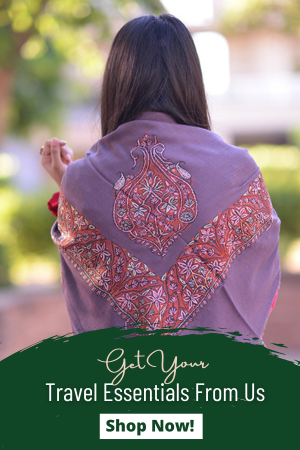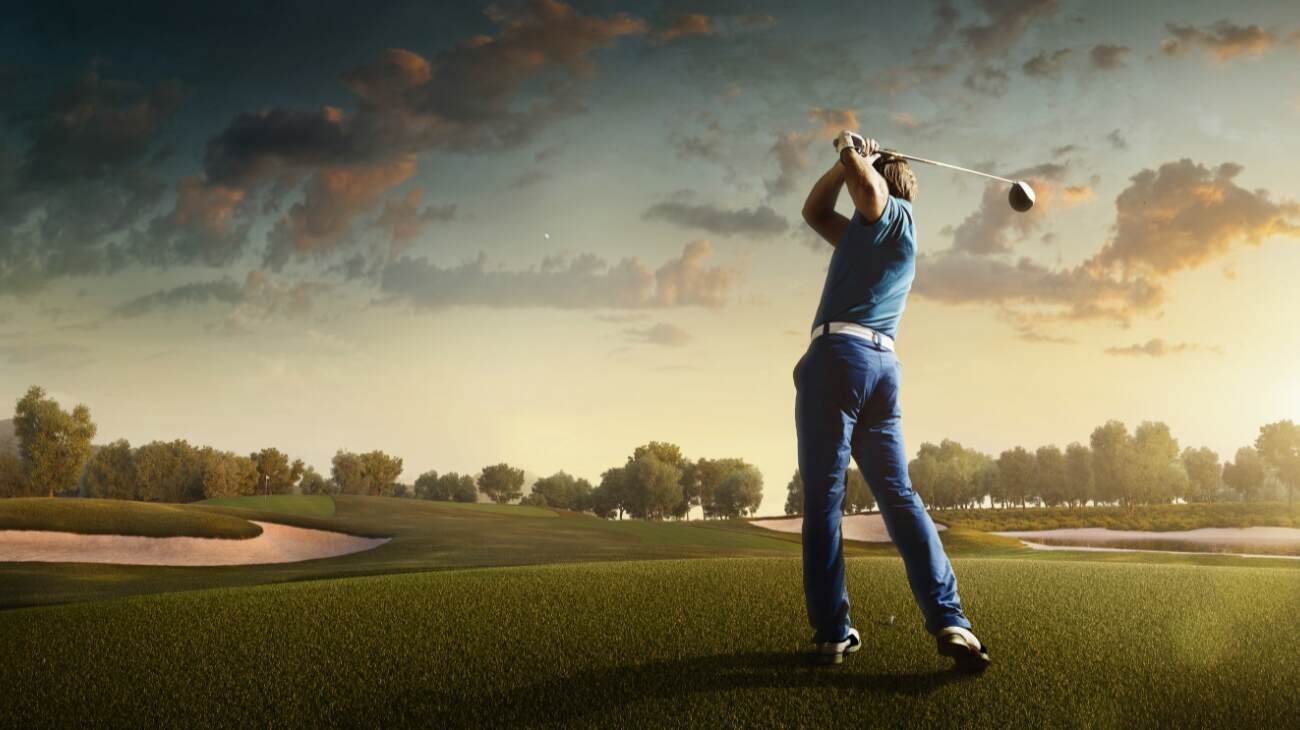Kalash Valley: Where Culture, Nature, and Adventure Await
Kalash Valley, Pakistan, reveals itself as more than just a destination—it becomes an emotional journey. As you wander through its terraced fields and witness the ancient rituals of the Kalash Pakistan community, the fantastic Kalash Valley view will infuse a sense of awe and reverence fills your heart.
The vibrant festivals and colorful traditions of the Kalasha people resonate deeply, igniting a profound connection with their resilient spirit.
In a Glimpse
At a distance of 40 Kilometers from Chitral, along the Pakistan-Afghanistan border, at an elevation of 1,670 meters, lies the remote but one of the most beautiful valleys of Pakistan in the Hindu Kush known as Kalash Valley. The traditions, customs, and culture of Kalash Valley bear a striking contrast with the rest of Pakistan.
It is also known as “Kafiristan” (Land of non-believers) as the religion followed in most of the valley is not Islam but a form of Animism and ancient Hinduism.
Kalash Valley consists of three main villages: Bumbret, the largest and most developed in the valley; Rumbur, the second; and Birir, the third and the least developed town. Bumbret is the village most visited by tourists; however, it is said that to truly experience the culture of Kalash Valley, visiting the smaller villages is advisable as they are less commercialized.
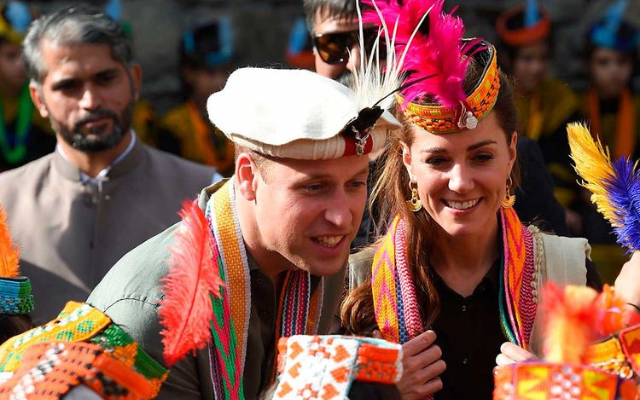
Climate/Weather Condition
The average climate of Kalash Chitral is moderate. The average temperature is 15 Degrees Celsius. During the winter months, however, the valley received more rainfall.
Distinct seasonal variations characterize the Kalash weather. During the summer months, from June to August, the valley experiences pleasant temperatures ranging from 20°C to 30°C (68°F to 86°F). It is the ideal time to explore picturesque landscapes, enjoy outdoor activities, and witness the vibrant cultural festivals of the Kalasha people.
In autumn, from September to November, the temperatures begin to drop, ranging from 10°C to 25°C (50°F to 77°F). The valley is adorned with stunning red, orange, and yellow hues as the foliage changes, creating a breathtaking backdrop for nature enthusiasts and photographers.
Winter arrives in Kalash Valley from December to February, bringing chilly temperatures that can dip below freezing, ranging from -5°C to 10°C (23°F to 50°F). Snowfall is expected during this period, transforming the valley into a winter wonderland. It’s a perfect time for snow lovers and those seeking a cozy retreat amidst the snow-covered mountains.
Spring, from March to May, sees a gradual transition from the cold winter to milder temperatures that range from 10°C to 25°C (50°F to 77°F). The valley awakens with blooming flowers, lush greenery, and cascading waterfalls, offering a revitalizing experience for nature enthusiasts.
It’s important to note that weather conditions can vary, and it is advisable to check the local forecast before planning your trip to Kalash Valley.
How to Get There?
To visit Kalash Valley Chitral, one can board a plane from Islamabad or Peshawar to Chitral and then take the road to Kalash Valley or start on the route from Islamabad. It is a 10-hour journey from Islamabad to Chitral via Motorway. Once you have left the motorway, the roads to the valleys are bumpy.
There are options to hire a jeep or car from Chitral to Kalash Valley.
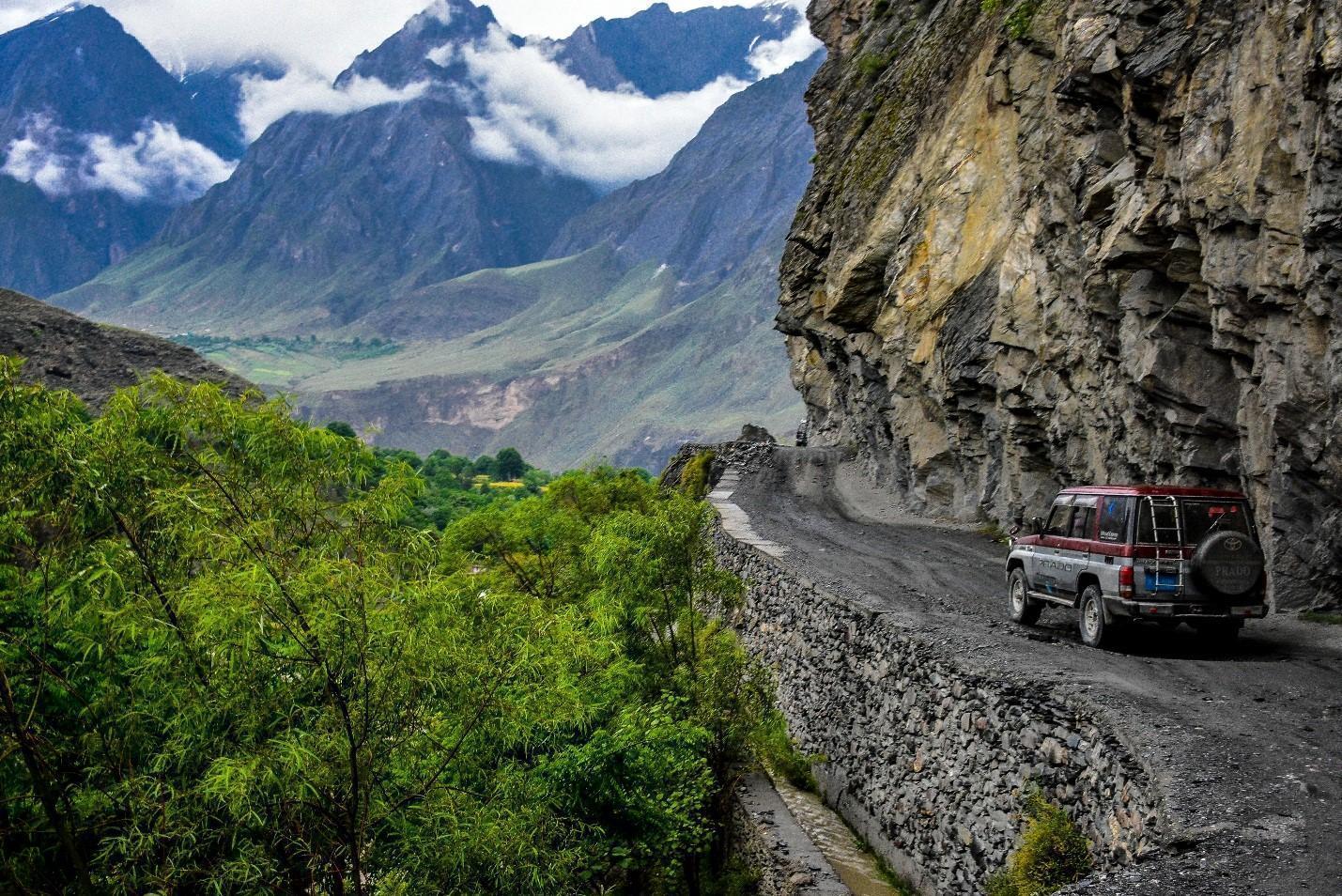
What to do in Kalash
There is a lot that can be done in Kalash Valleys. The region offers a view of many high peaks, including Rakaposhi.
● Kalasha Dur Museum is a place that offers a good insight into the history of the valley.
● Kalash Valley is mainly visited due to its colorful culture, which has become a significant attraction for domestic and international travelers.
● Kalash Valley offers an unforgettable experience of its rich culture, including many festivals annually.

What Happens in Kalash
Every year Kalash Valley has three main festivals (Khawsangaw), which is an integral part of Kalash culture.
Chillam Joshi
Do keep in mind these critical Kalash festival dates. It is celebrated in the middle of May to mark the arrival of Spring. The festivities include people gathering and dancing to the beat of their local drums. The houses are decorated, and people accessorize all their clothes. During Chillam Joshi, people serve milk they saved for 10 days before the festival. During this festival, the Kalash people thank their Gods and purify one-year-old babies.

Uchau
This Kalash Valley festival is celebrated during Autumn in August, during which newly made cheese is served. Dancing and singing make up for most of the festival.
Chawmos
Celebrated during the winter solstice (7th – 22nd December) is the most important festival of the year and is dedicated to their God, Balimain. They believe he visits Kalash from the mythical homeland Tsyam for the festival. This festival marks the end of the year and is offered as a thanksgiving to their God for the year’s harvest. Other festival rituals include purifying previously impure persons by waving a band of fire above their heads to a shaman. The pure men sing old songs and are involved in a ritual requiring some men to dress up as women as their God Balimain is seen as both a man and a woman. During this, the songs of fertility are sung.
Another yearly occasion for the Kalash people is their inter-village ball game tournament, Chikik Gal, which happens during winter.
The Hospitality of the People and Kalash Culture
The people of Wadi e Kalash have considered ancient people of Asia whose elders migrated to Chitral and settled there. There are many myths about the origin of the Kalash people, the most prevalent of those is them being the descendants of Alexander the Great’s army. Another tale is about their ancestors migrating to Chitral from the land of Tsiyam – The original homeplace of the Kalash people, which they keep referring to in their folk songs.
Kalash people are the smallest ethnic and religious minority in Pakistan. They are polytheists, and there used to be over 200,000 of them, but over the decades, their numbers have dwindled to 3000 – 4000, owing mainly to forced conversions and persecution. Many have converted to Islam of their own will, and once they do, they are no longer allowed to remain a part of the local community.
The people of Kalash are friendly overall and are a subject of interest for outsiders; however, it is important to keep in mind to ask for permission before pursuing photography or interviewing.
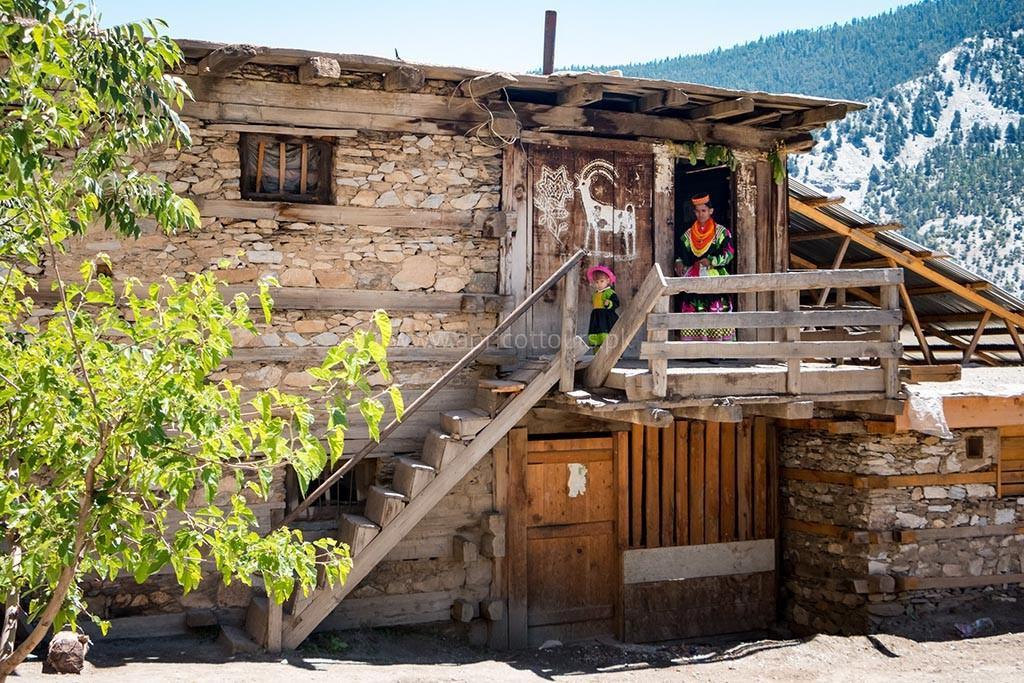
Kalash Religion
The Kalasha people, residing in the remote Kalash Valley of Pakistan, practice a unique and ancient polytheistic religion known as the Kalash religion. Their belief system, deeply rooted in animism and nature worship, revolves around a pantheon of gods and goddesses.
The Kalash people’s religion centers on the veneration of several deities, including Dezau, the supreme God, and his consort, Maha Devi. They are believed to govern different aspects of life, such as fertility, harvests, and protection. The Kalasha people revere nature and its elements, attributing spiritual significance to mountains, rivers, and trees.
The community’s religious rituals and ceremonies are integral to their cultural fabric. The Kalasha festivals, such as Chilam Joshi and Uchau, are joyous celebrations filled with music, dance, and feasting. These events allow the Kalasha people to express their gratitude to the gods, seek blessings, and ensure the prosperity of their community.
Preserving their religious practices is paramount to the Kalasha people, as their way of life faces challenges in a changing world. Efforts are being made to safeguard their unique beliefs and cultural heritage, making Kalash religion an intriguing aspect of this vibrant community.
Frequently Asked Questions
What makes Kalash Valley famous?
Kalash Valley has gained fame for its remarkable attributes. Situated at an elevation exceeding 6,500 feet above sea level, the valley’s rugged topography encompasses steep slopes, narrow gorges, and rocky terrain.
This region boasts a rich biodiversity, housing various flora and fauna, including elusive creatures like the snow leopard and the Himalayan black bear, adding to its allure.
What do Kalash people eat?
The Kalash people have a distinct culinary tradition combining indigenous flavors with local Pakistani cuisine influences. Their diet primarily focuses on locally grown foodstuffs, including apricots, grapes, mulberries, walnuts, and wheat. These ingredients form the foundation of many traditional Kalash dishes, showcasing the abundance of the valley’s natural resources.
What language do Kalash people speak?
The Kalash people speak Kalasha, which belongs to the Indo-Aryan language family. It is said explicitly by the Kalash community in the Chitral District of Khyber Pakhtunkhwa province in Pakistan. The Kalasha language is considered endangered, with approximately 4,100 speakers remaining.
A current language shift is occurring toward Khowar, another language spoken in the region. Efforts are being made to preserve and revitalize the Kalasha language amidst the ongoing linguistic changes.

